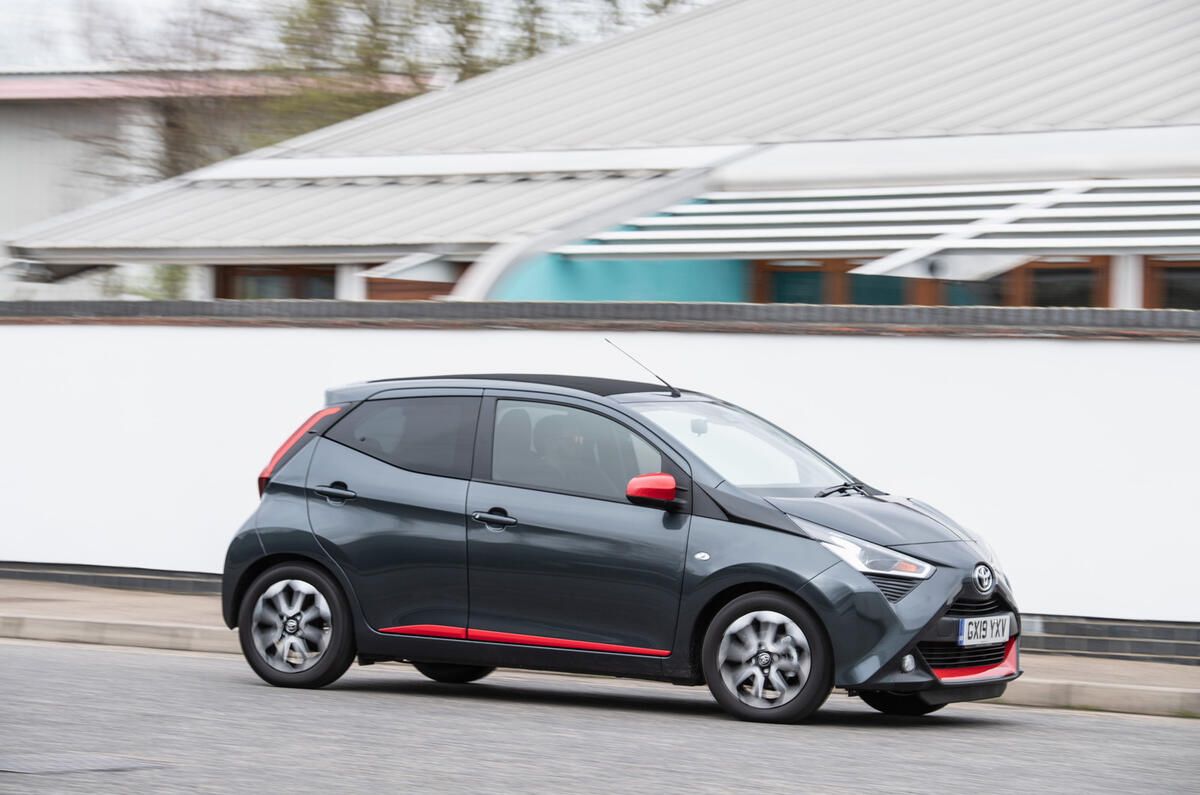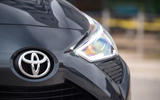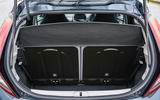During almost a decade and a half of service across two generations, the Aygo has proven itself a fine starter car for Toyota.
Built in a joint venture with Peugeot and Citroën, the snappily styled, modestly priced model has become a popular fixture of the city car class – particularly in the buoyant secondhand market, where the brand’s reputation for reliability and dealership transparency has probably done it no harm at all.
Before signing a deal with PSA Peugeot-Citroën in 2001, Toyota had not built a bona fide city car — preferring instead to leave smaller domestic models to its subsidiary, Daihatsu.
Following the success of the Toyota Yaris supermini, the B-Zero project was aimed at meeting the demands of European urbanites, with the first generation Aygo and its French-badged sister cars, the Citroen C1 and Peugeot 107, being produced at a new joint facility in the Czech Republic.
The model was launched in 2005 and received subtle, largely cosmetic facelifts in 2009 and 2012. These were replaced by an all-new version in 2014, which like its predecessor remained an Franco-Japanese venture with Citroen and Peugeot (this time with the 108) launching their own subtly different variants.
By the time the second generation machine arrived it landed in a class that had grown significantly in size. Entrants such as the Hyundai i10 and Kia Picanto are tough enough, but it's the Skoda Citigo, Volkswagen Up and Seat Mii that are the toughest challengers as they have shown that grown-up quality isn’t the preserve of bigger hatchbacks.






























































